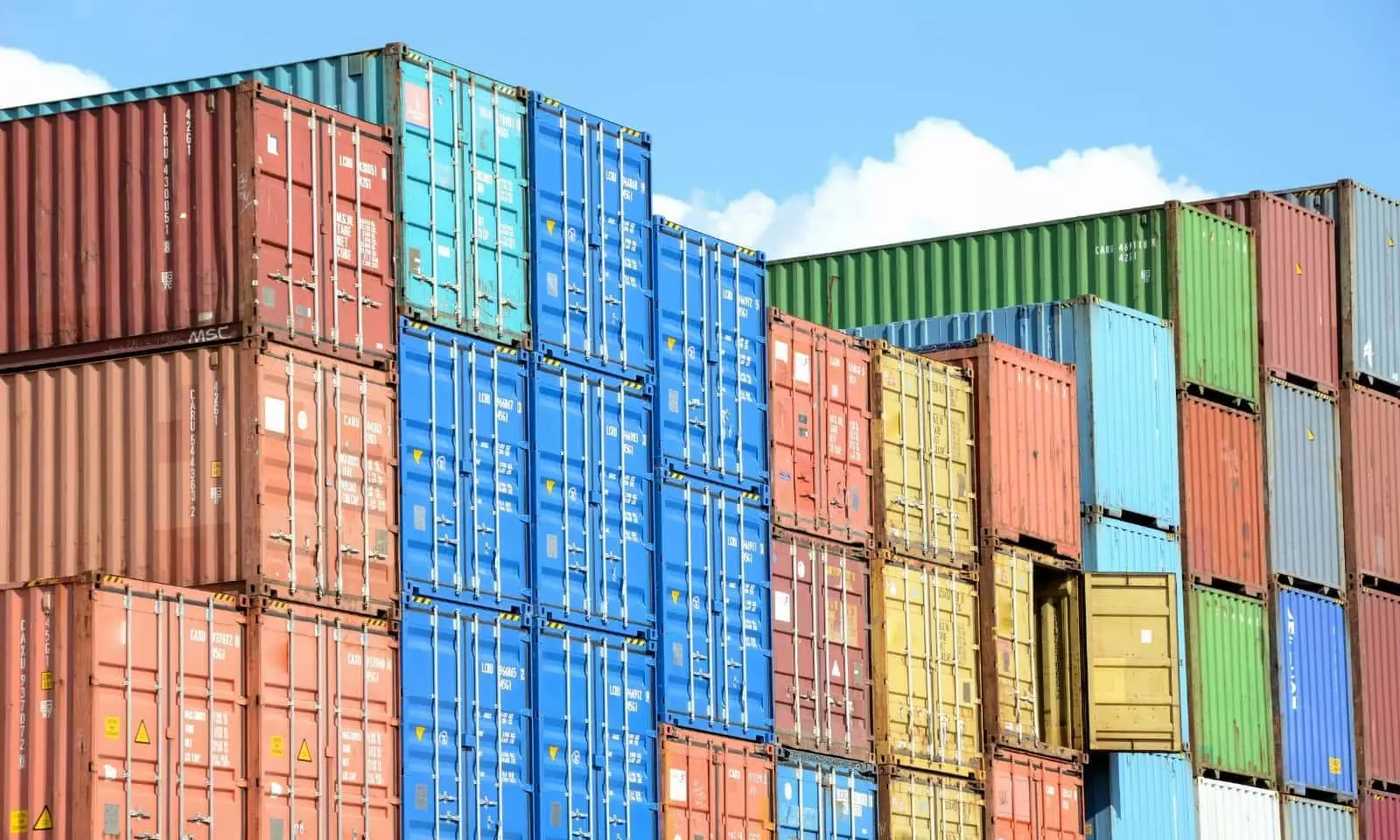Ocean freight spot rates to rally on uncertainty and disruptions
Spot rates to reach level we haven’t seen since 2022 when Covid-19 pandemic was still wreaking chaos: Peter Sand, Xeneta

Representational image.
Ocean freight container shipping spot rates are set to exceed the level seen at the height of the Red Sea crisis when the latest round of increases hit the market on June 1, according to the latest data released by Xeneta.
“The ocean freight container shipping market has seen rapid and dramatic increases during May and that is set to continue with further growth in spot rates," says Peter Sand, Chief Analyst, Xeneta. “On June 1, spot rates will reach a level we haven’t seen since 2022 when the Covid-19 pandemic was still wreaking chaos across ocean freight supply chains.
“There is a cocktail of uncertainty and disruption across global ocean freight supply chains at present and this is fuelling the spot rate increases. However, it is the speed and magnitude of this recent spike that has taken the market by surprise – including the CEOs of the world’s biggest ocean freight liner companies.”
From the Far East to the U.S. West Coast, market average spot rates are expected to reach $5,170 per FEU on June 1, which would surpass the Red Sea crisis peak of $4,820 seen on February 1, 2024. "This is an increase of 57 percent during May and the highest spot rates have been on this trade for 640 days."
From the Far East to the U.S. East Coast, spot rates are expected to reach $6,250 per FEU on June 1, only slightly shy of the Red Sea crisis peak of $6,260 and an increase of 50 percent since April 29.
"Spot rates are also set to exceed the Red Sea crisis peak on the Far East to North Europe trade, reaching $5,280 per FEU on June 1 compared to $4,839 on February 16. This will be the highest rate we have seen on this trade for 596 days and an increase of 63 percent since April 29."
Factors fuelling rally
The latest data released by Xeneta indicates the market is heavily impacted by a cocktail of factors including ongoing conflict in the Red Sea, port congestion and shippers deciding to frontload imports ahead of the traditional peak season in Q3, the update added.
“Importers have learned lessons from the pandemic and the most straightforward way to protect supply chains is to ship as many of your goods as you can as quickly as possible," says Sand. "That is what we are seeing with some businesses telling us they are already shipping cargo for the Christmas period in May.
"The early arrival of peak season is adding to the cocktail of uncertainty in the market. Back at the start of 2024, you could point to the Red Sea crisis as the root cause of spot rate increases. This time around it is far more nuanced.
“Ocean freight carriers have tried to remedy the diversions in the Red Sea by increasing transshipments in the Western Mediterranean as well as in Asia but this has led to severe port congestion in several hubs. Carriers have tried to re-align capacity from other major trades to cope with longer sailing distances around the Cape of Good Hope on services from the Far East to Europe and U.S. East Coast but this has contributed to rates increasing on trades such as the Transpacific, which do not transit the Suez Canal."
While the latest spot rate increases on June 1 is bad news for shippers, Sand believes there is some cause for optimism. “While average spot rates will increase again on June 1, the growth is not as rapid as it was during May, which may hint towards a slight easing in the situation. This cannot come soon enough for shippers who are already having their cargo rolled, even for containers being moved on long term contracts signed only a matter of weeks ago.
“Carriers will prioritise shippers paying the highest rates. That means cargo belonging to shippers paying lower rates on long term contracts is at risk of being left at the port. It happened during the Covid-19 pandemic and it is happening again now. Carriers will continue to push for higher and higher freight rates so the situation may get worse for shippers before it gets better.”



